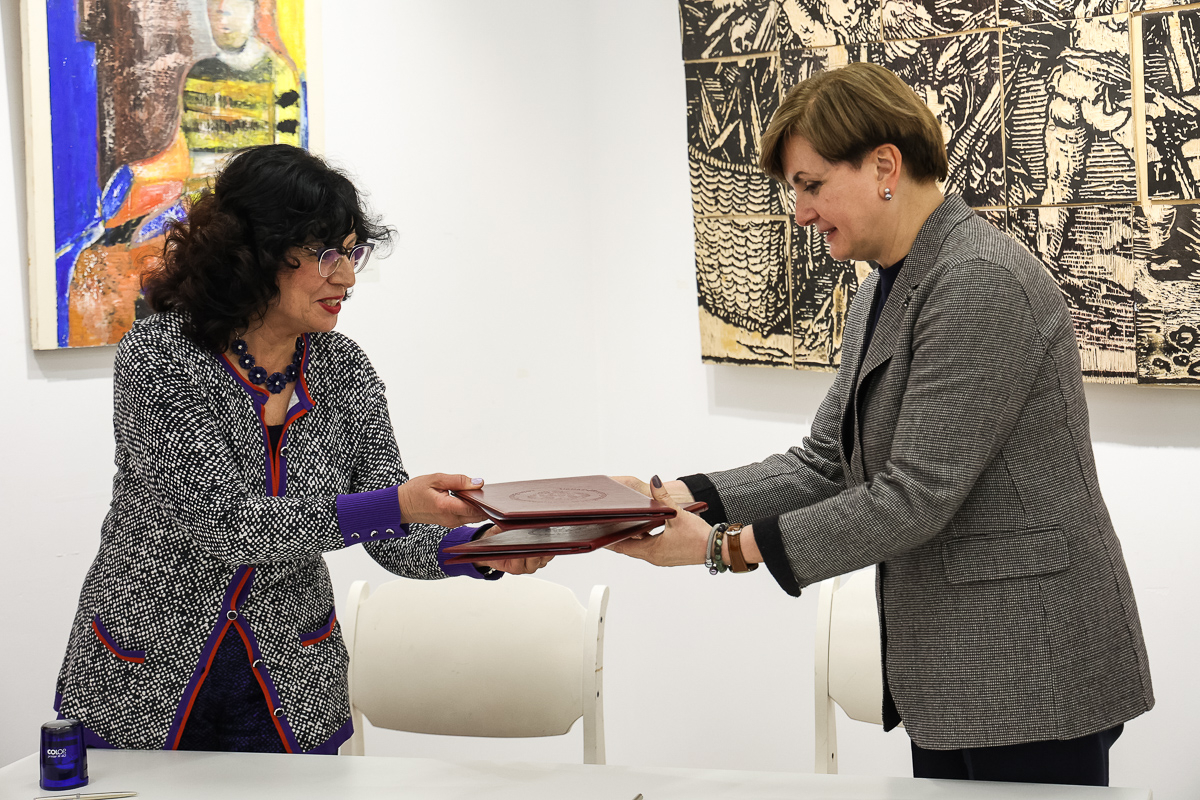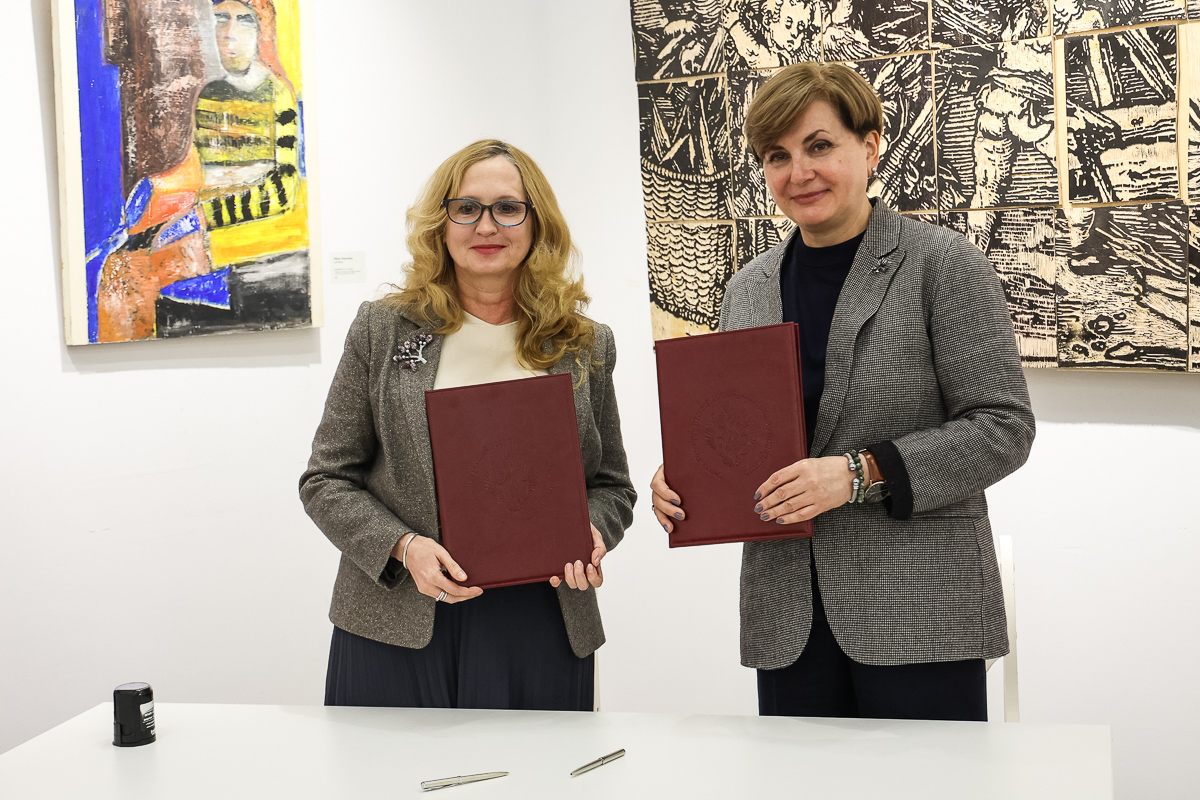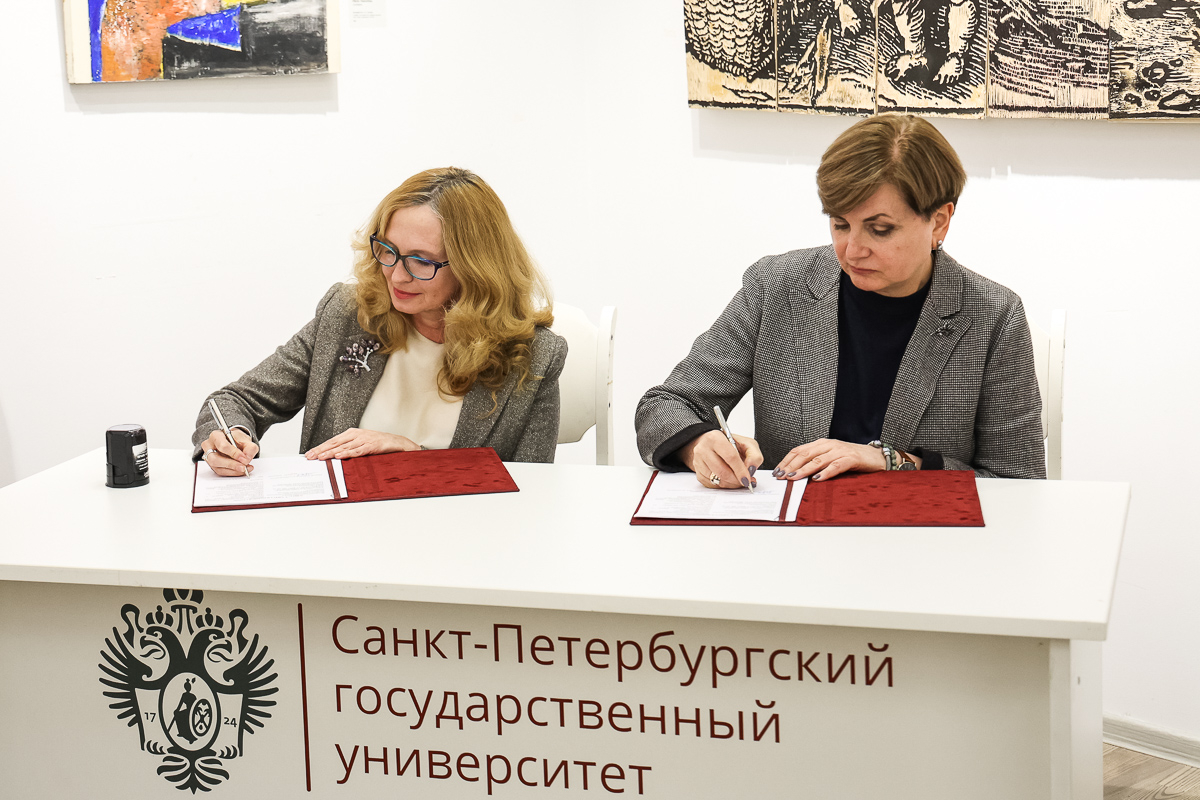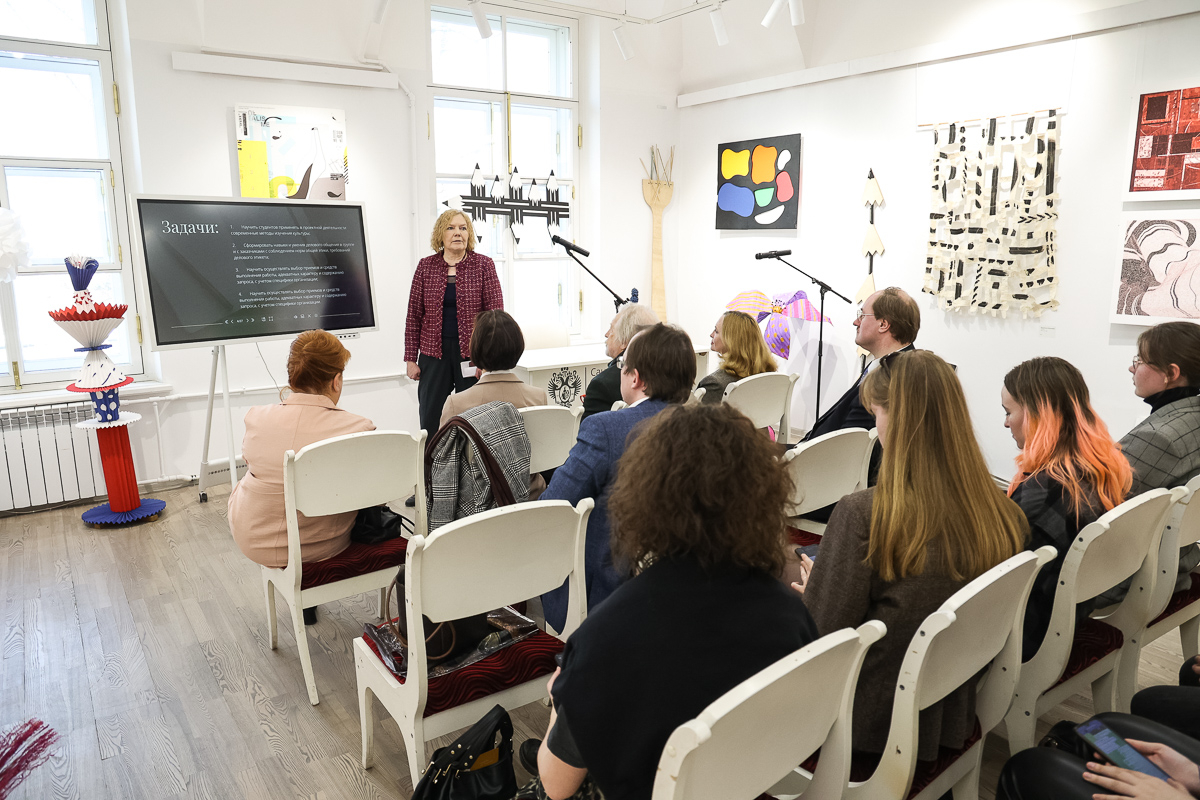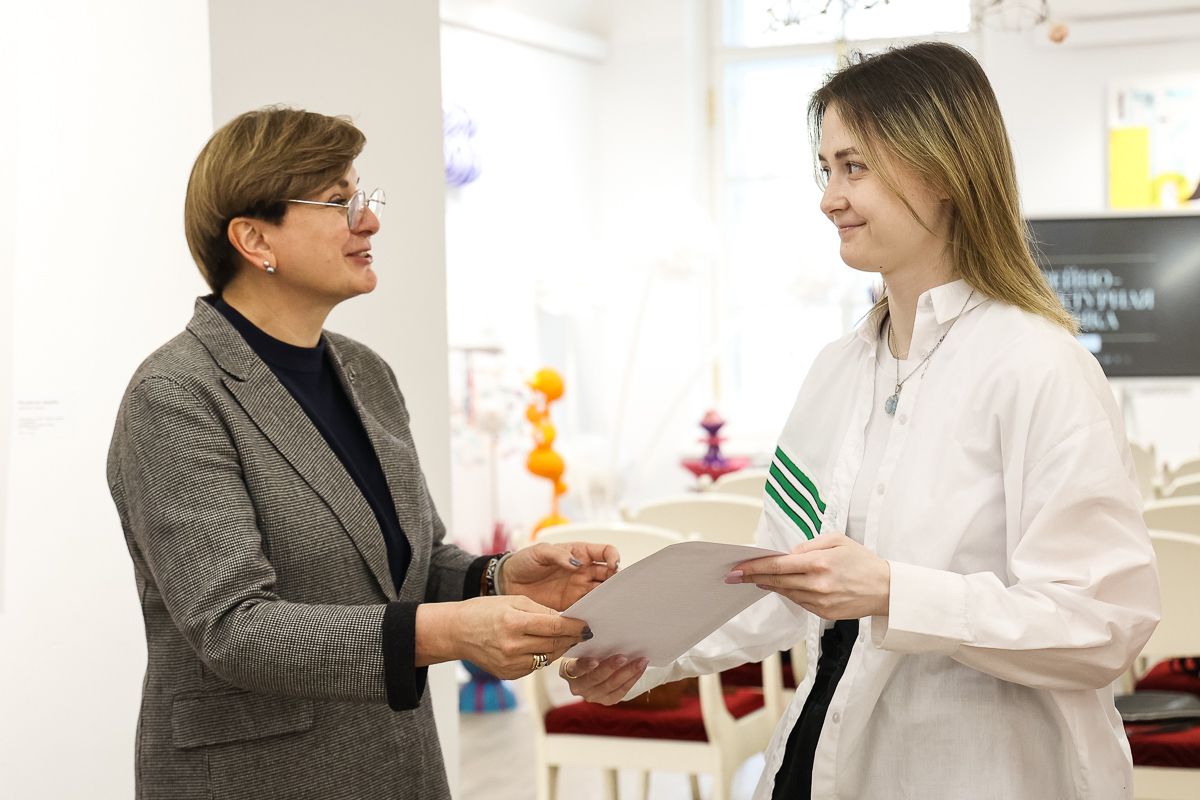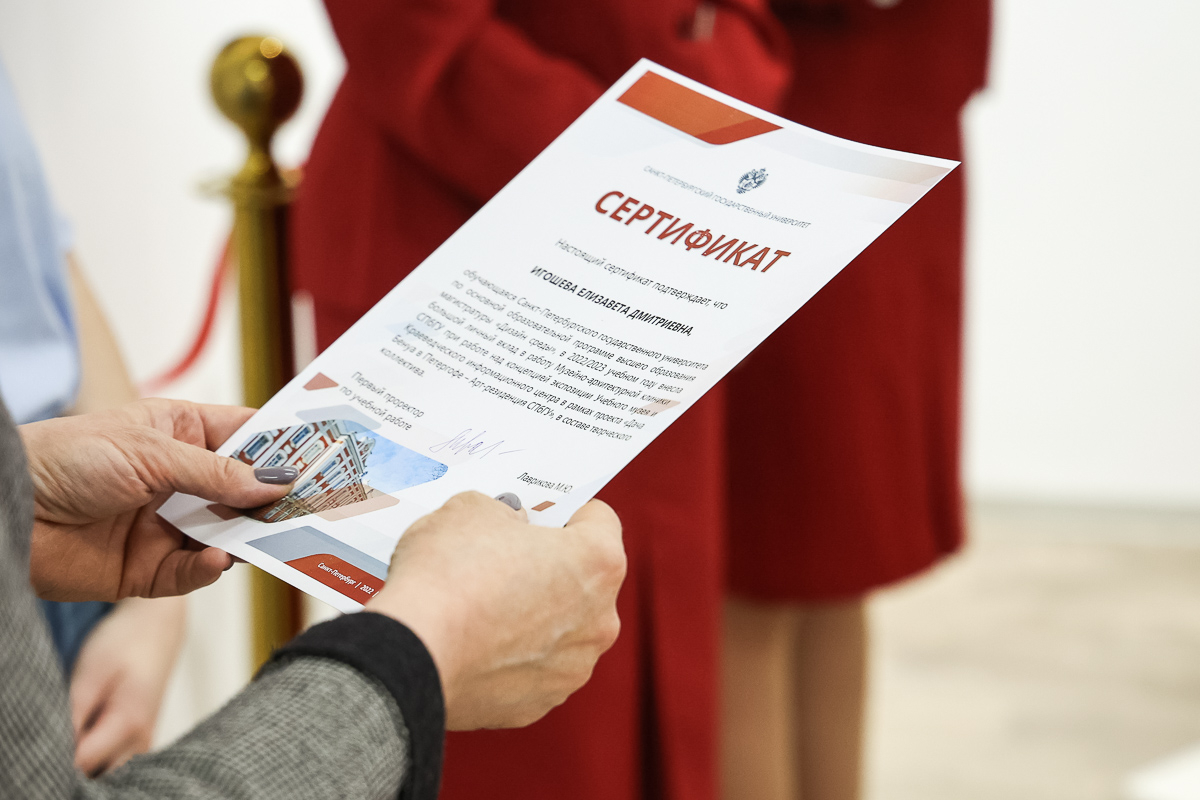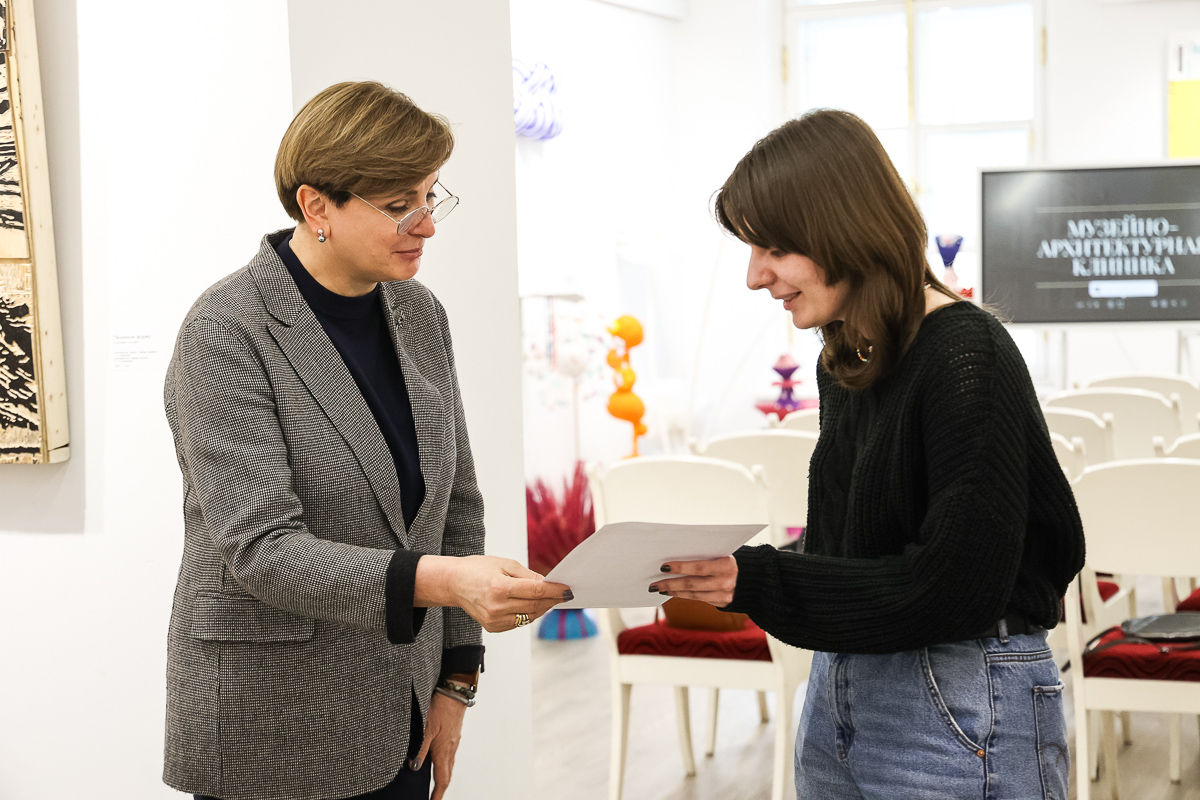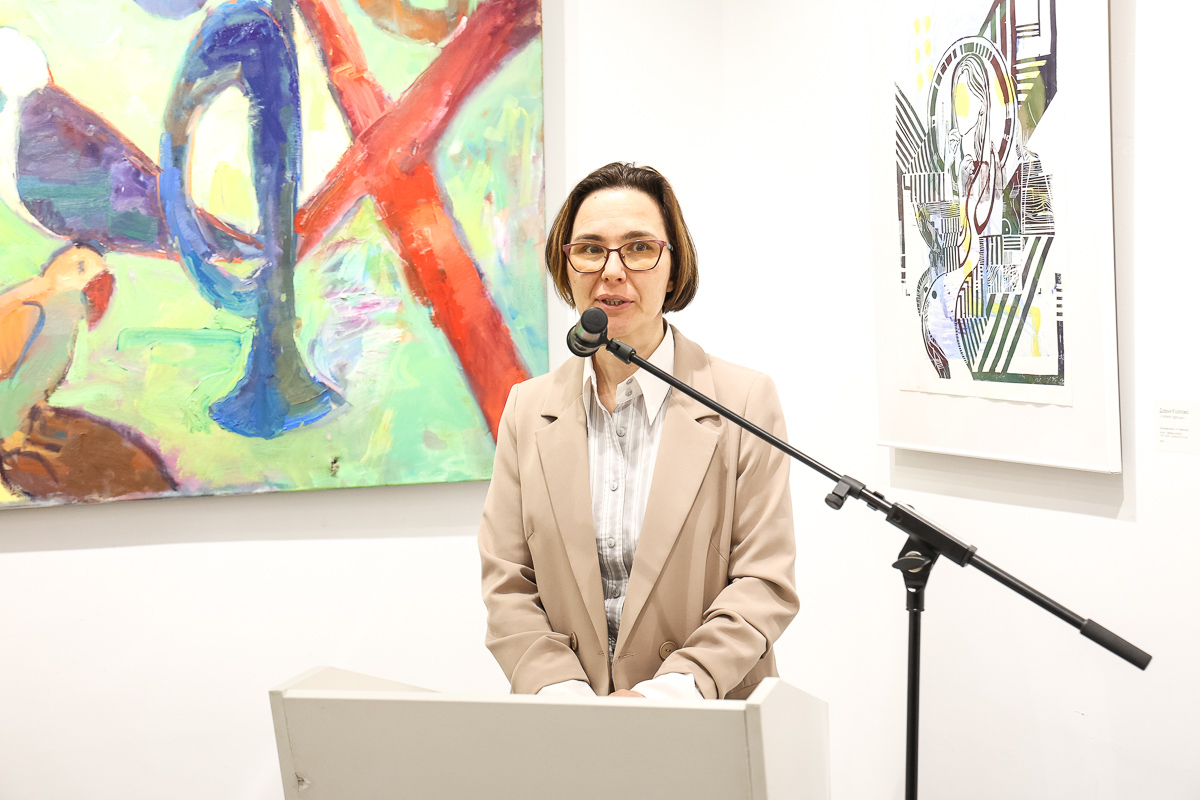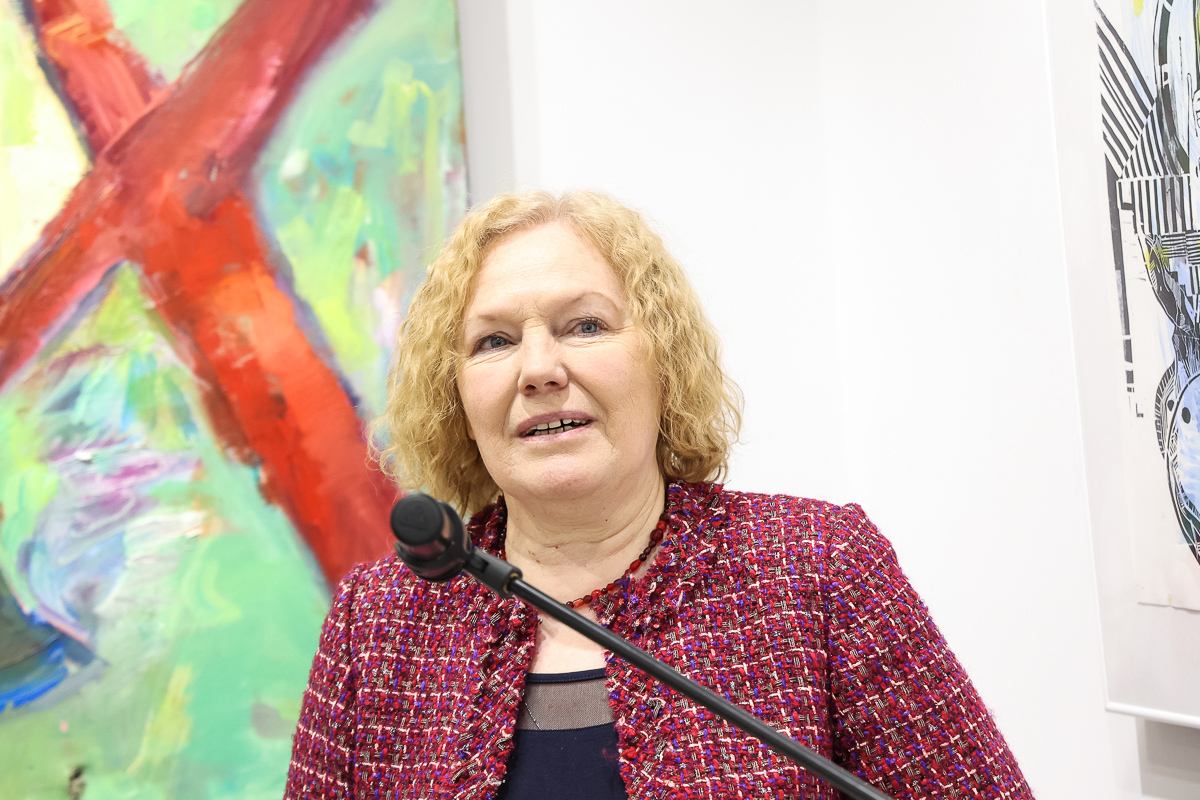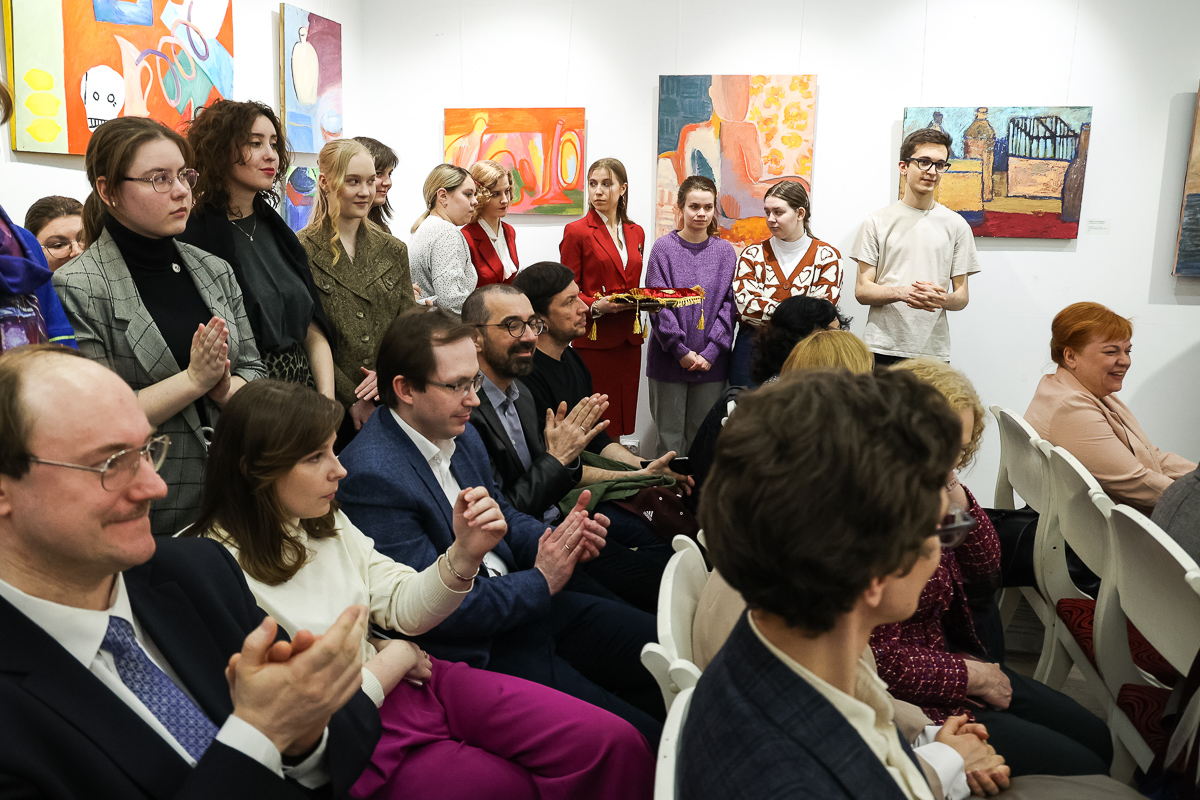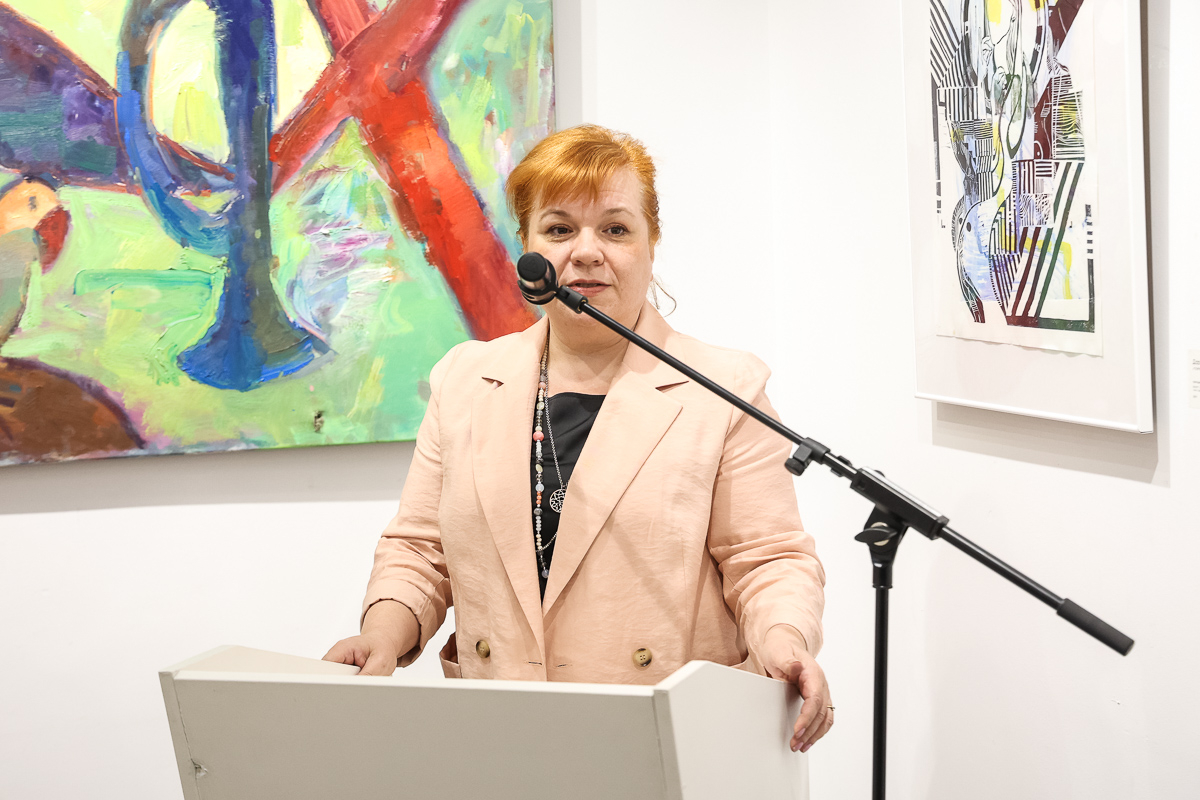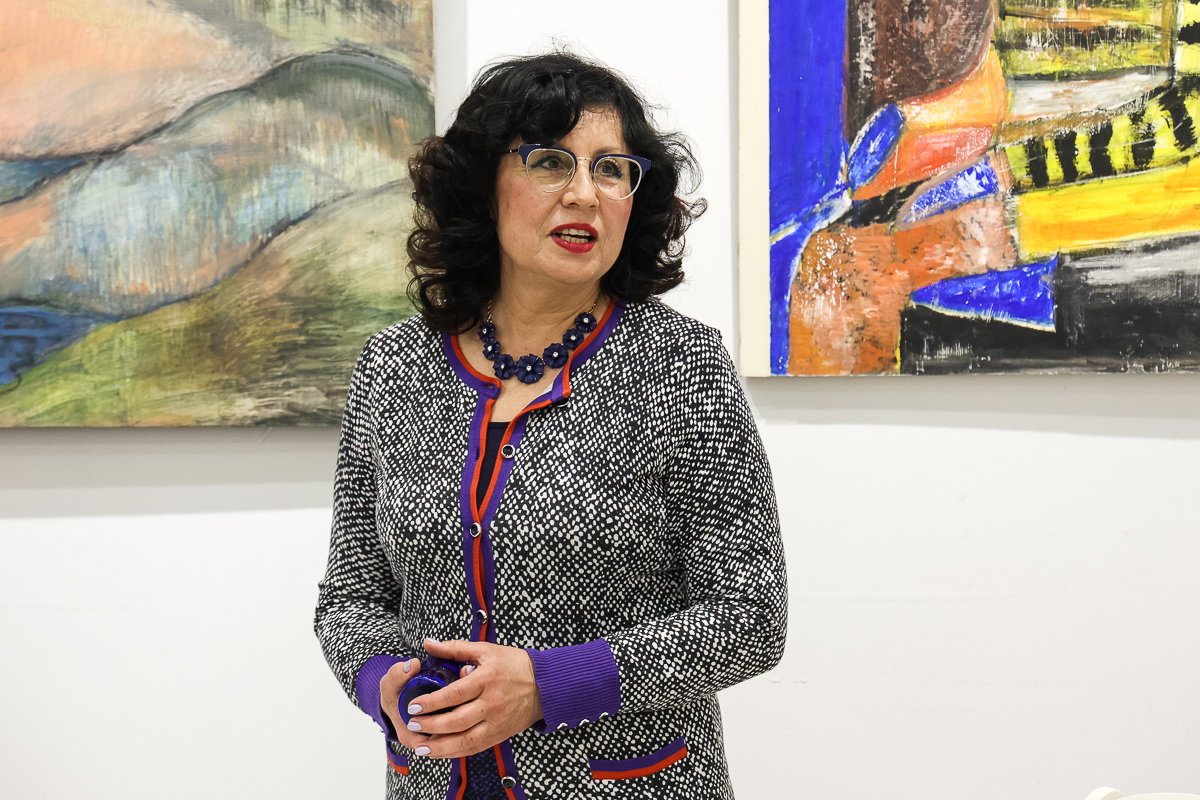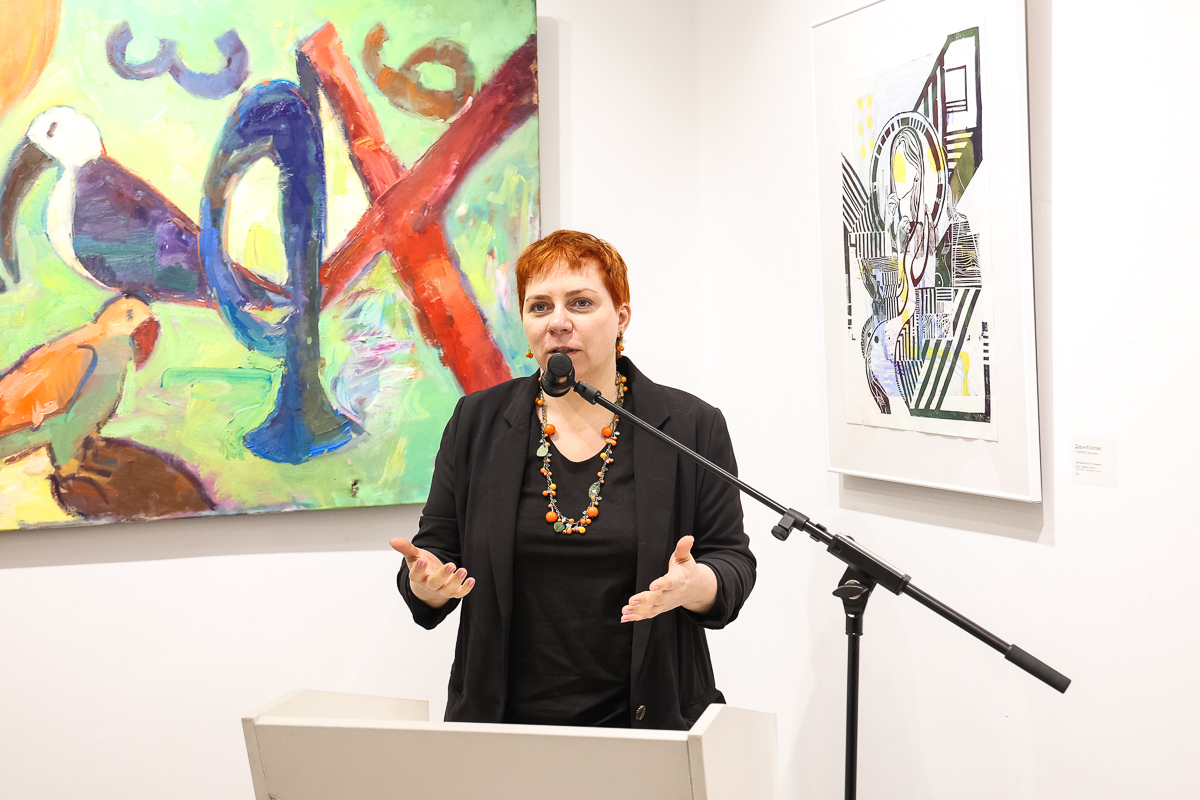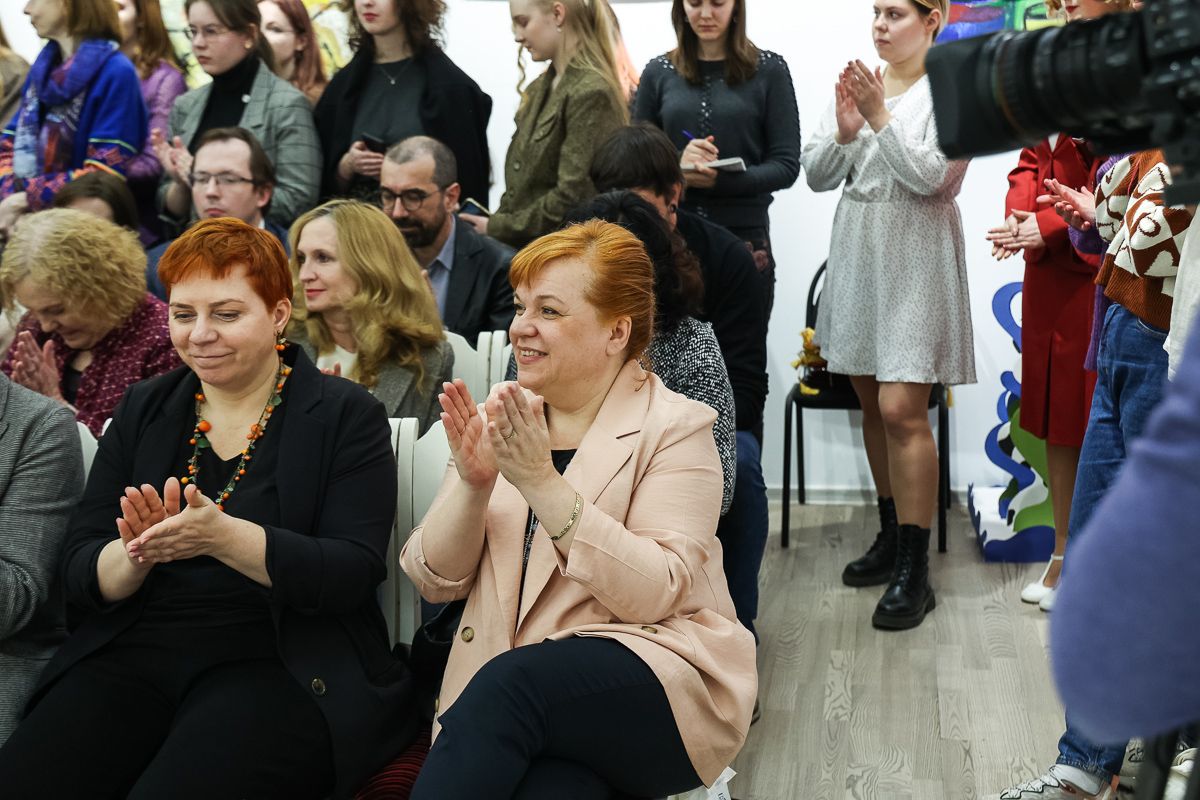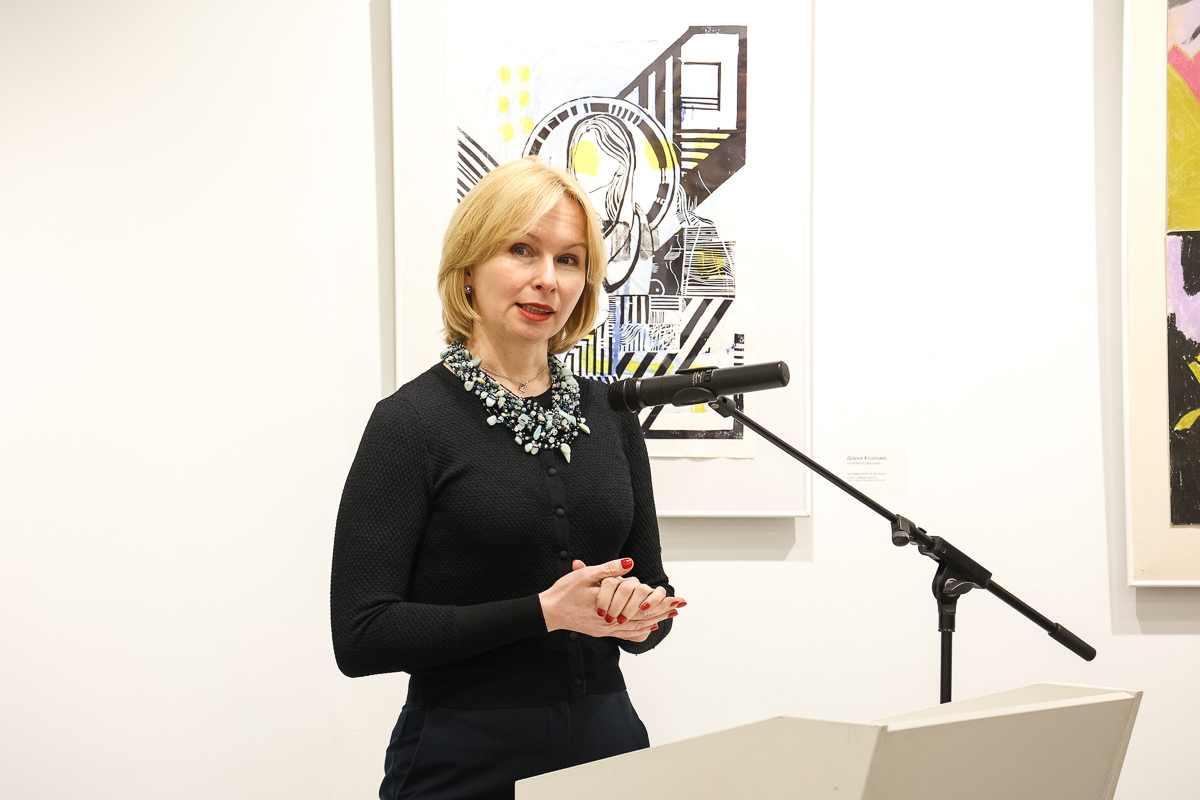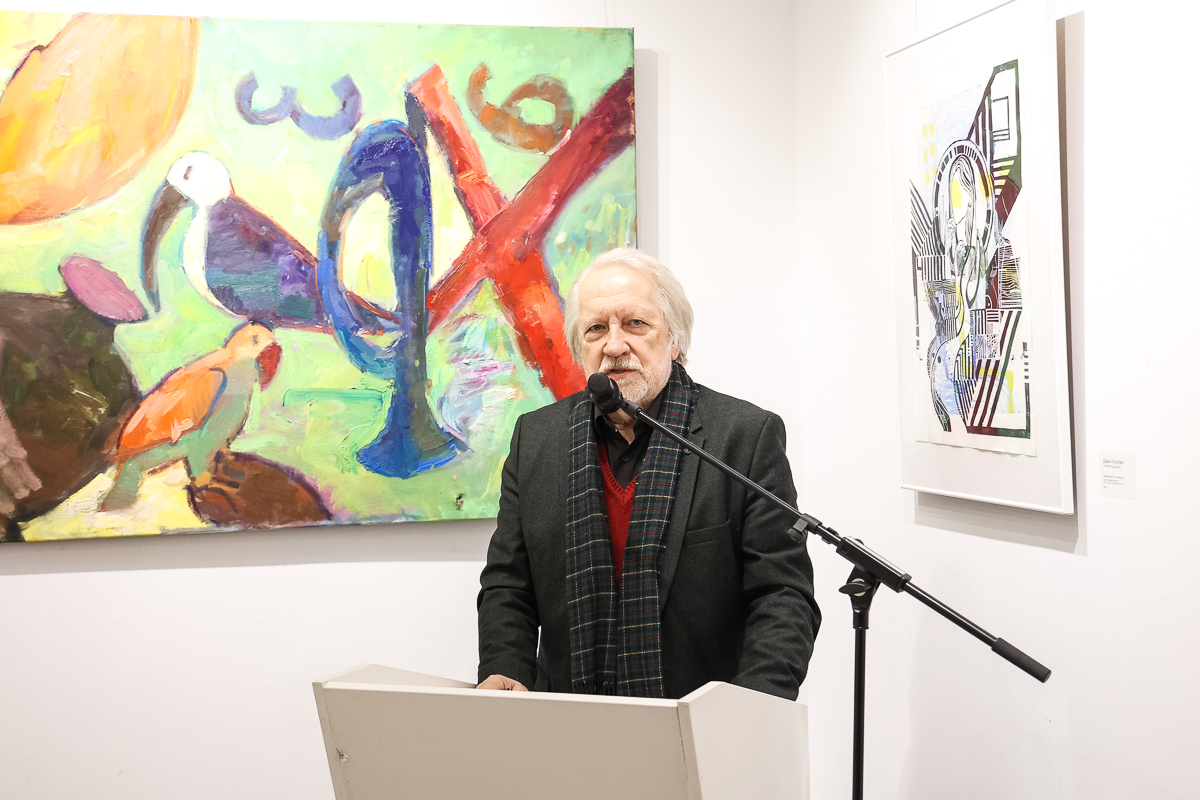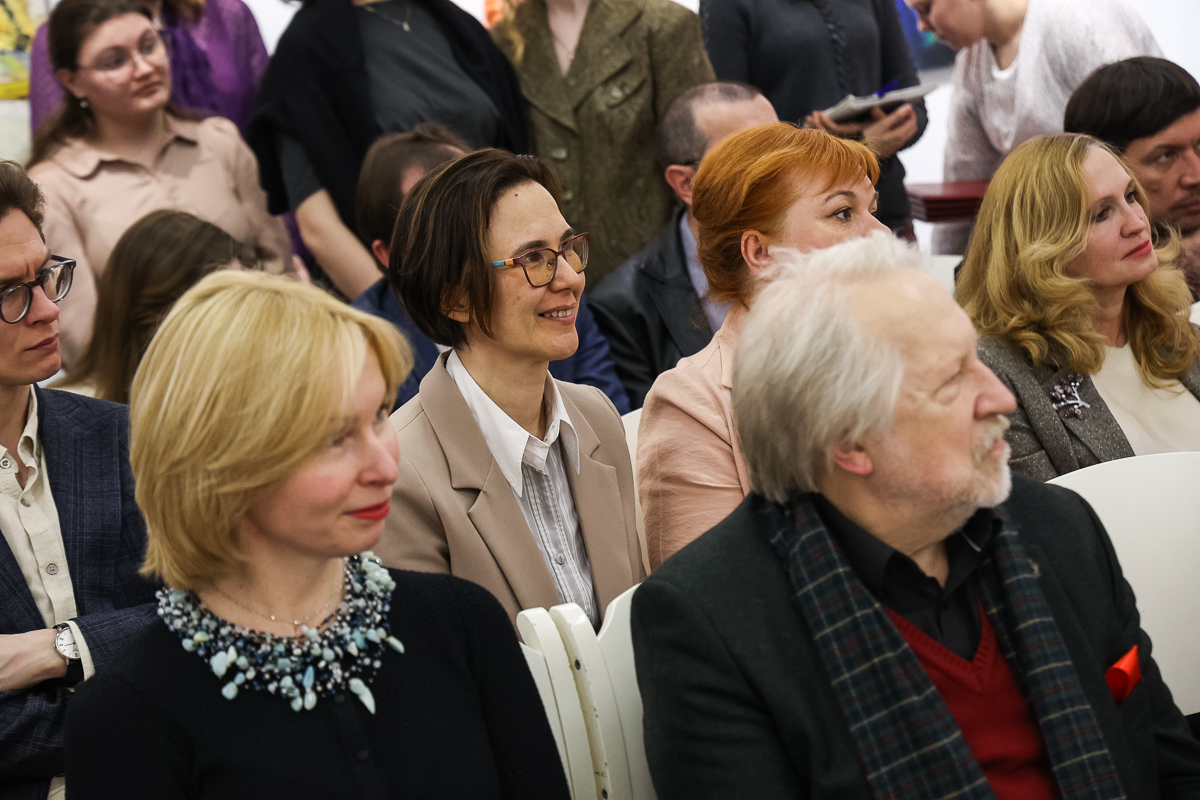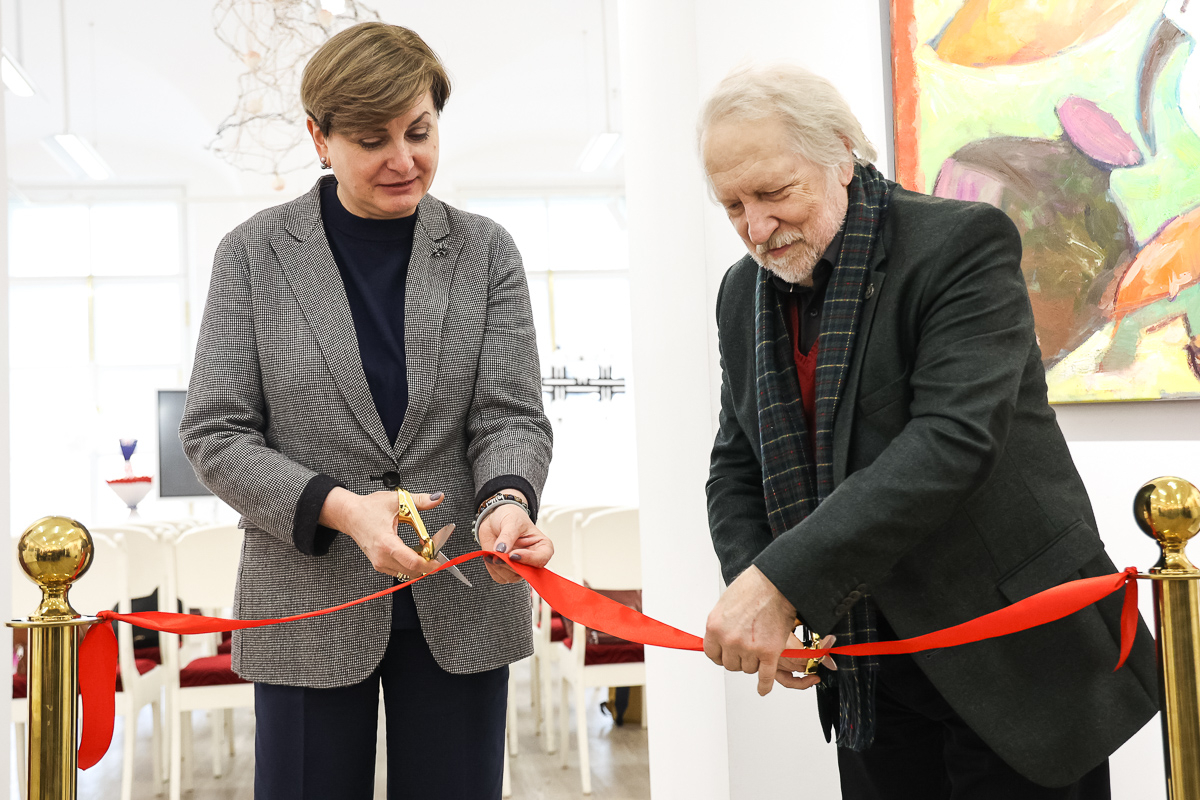Grand opening of the Museum and Architectural Clinic takes place at St Petersburg University
On the International Day of Monuments and Sites — World Heritage Day, a grand opening of the Museum and Architectural Clinic took place at St Petersburg University. This clinic has been working for a long time, but it was important to demonstrate the clinic’s and students’ work and to present the projects created by the students under the guidance of their curators and teachers.
During the ceremony, Marina Lavrikova, Senior Vice-Rector for Academic Activities at St Petersburg University, noted that St Petersburg University, which will celebrate its 300th anniversary next year, has always been referred to as a classic university, yet this definition gives only a general impression of it. ’St Petersburg University is unique in its versatility. It is a medical, sports, digital, mathematical, and creative university. St Petersburg University has long been a member of the Association of Creative Universities of St Petersburg. Our Faculty of Arts, although it was established not so long ago, takes its place of honour among the academic and research divisions of the University. Academic programmes in arts, museum activities and cultural history are in great demand among our applicants,’ said Marina Lavrikova.
Our University is not only a scientific, educational and expert centre, but also a museum complex. The number of exhibits kept in it is comparable to that of the Hermitage. The opening of the Museum and Architectural Clinic is another step towards the development and promotion of the clinic-based approach to training at St Petersburg University.
Marina Lavrikova, Senior Vice-Rector for Academic Activities at St Petersburg University
Maiia Rusakova, Acting Director of the Centre for Applied Sociology and Head of the Sociological Clinic, is sure that the University clinics are a bridge between the education system and the labour market. They give employers the opportunity to participate in the educational process by offering students projects for practical development and giving them feedback. Business representatives and employers can introduce changes to academic programmes. ’I think the students of St Petersburg University are the best. These are people who have made a choice in favour of, on the one hand, a classic university, and, on the other hand, a university that develops such an unusual clinic-based approach. St Petersburg University is not afraid of taking risks and responsibility for the implementation of projects that have practical application,’ Maiia Rusakova emphasised. ’We took up projects, which were finally reported on by government departments to the President of Russia. You can be proud of such work, because it is well done.’
As part of the opening ceremony, a cooperation agreement was signed between St Petersburg University, as party of the first part, and the Museum Agency of the Leningrad Region and the Local History Museum of the town of Lomonosov, as parties of the second part. The students of the University, who had actively participated in the projects of the clinic and volunteer activities, were awarded certificates. The staff of the clinic was conveyed sincere thanks.

Speaking at the ceremony, Elena Lebedkina, Head of the Main Department for Exhibitions, Museum, Library and Publishing Activities, noted that the nine museums of St Petersburg University were as diverse as the University itself.
For three centuries, our predecessors have been collecting and preserving incredible items that they have handed over to us. Today, these items are our museum valuables. We not only own them, but also supply data about them to the State Catalogue of the Museum Fund of Russia. In fact, we are replenishing the treasury of our country. I want our students to be directly involved in it.
Elena Lebedkina, Head of the Main Department for Exhibitions, Museum, Library and Publishing Activities
The new clinic is special because it is interdisciplinary. Our joint projects bring together students of different fields, who, in their future professional activities, will have to design museum exhibitions and displays working in one team. It is important to note that the clinic is attended by students and teachers of various bachelor’s and master’s programmes of St Petersburg University. The fields of study are: "Museology and Conservation of Cultural and Natural Heritage Sites", "Environmental Design", and "Restoration". The programmes are supervised by the staff of the Institute of Philosophy and the Faculty of Arts of St Petersburg University.
According to Antonina Nikonova, Head of the Museum and Architectural Clinic, Associate Professor in the Department of Museology at St Petersburg University, it is almost impossible to combine two such different academic disciplines in one space, but the clinic staff managed to succeed in that. ’This is really important for the students, our future professionals. In the museum’s interdisciplinary space, they will encounter other professionals, i.e. researchers, artists and designers. Many conflicts arise there largely due to misunderstanding of the peculiarities of different disciplines and approaches,’ explained Antonina Nikonova. ’It is therefore necessary to develop an interdisciplinary approach so that designers, historians, museologists, culturologists, and public relations experts could do their internship working on the same project.’
The list of our implemented projects includes: the concept of creating a Museum of Leningrad Motor Transport at Motor Park No 1. It was commissioned by the "Passazhiravtotrans" State Unitary Enterprise; and the environmental programme of the Petrovskaya Aquatoria scale model museum for school-age children. A concept map was also created for the State Memorial Museum of the Defence and Siege of Leningrad. It includes present-day educational institutions that keep materials about schools working during the hardest days of the Siege. In addition, a design project was completed for a re-display of the Dmitri Mendeleev Museum and Archives. We have also worked on the restoration and revitalisation of the Benois Dacha in Peterhof, an art residence of St Petersburg University.
Assistant Professor Evgeniia Petrashen is Head of the Environmental Design programme and a supervisor of student clinical projects. According to her, the designers began to better understand the specific features of the work of museum employees in the process of their joint work. The museum workers, in their turn, delved deeper into the specifics of the approach to the formation of the environment, which sets other goals than those set by artists and museologists.
’Of course, our work with museums cannot be overestimated. Now, the heritage that has been preserved often becomes incomprehensible to different groups of people. It needs to be presented in a new way. We should communicate it to people differently. We have to face the fact that even our students sometimes do not know things that seem obvious to us. Within the framework of clinic-based practical training, we can convey to them those layers of culture that could stay completely unfamiliar to them,’ said Evgeniia Petrashen.


